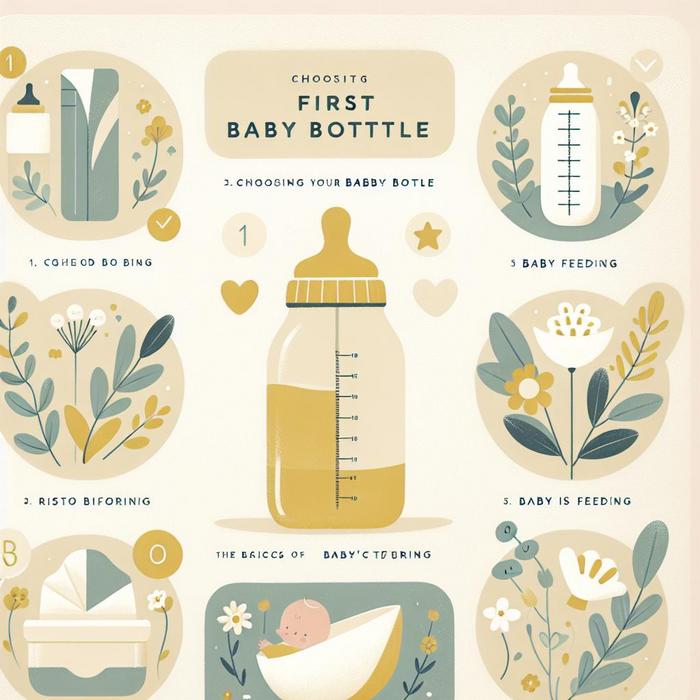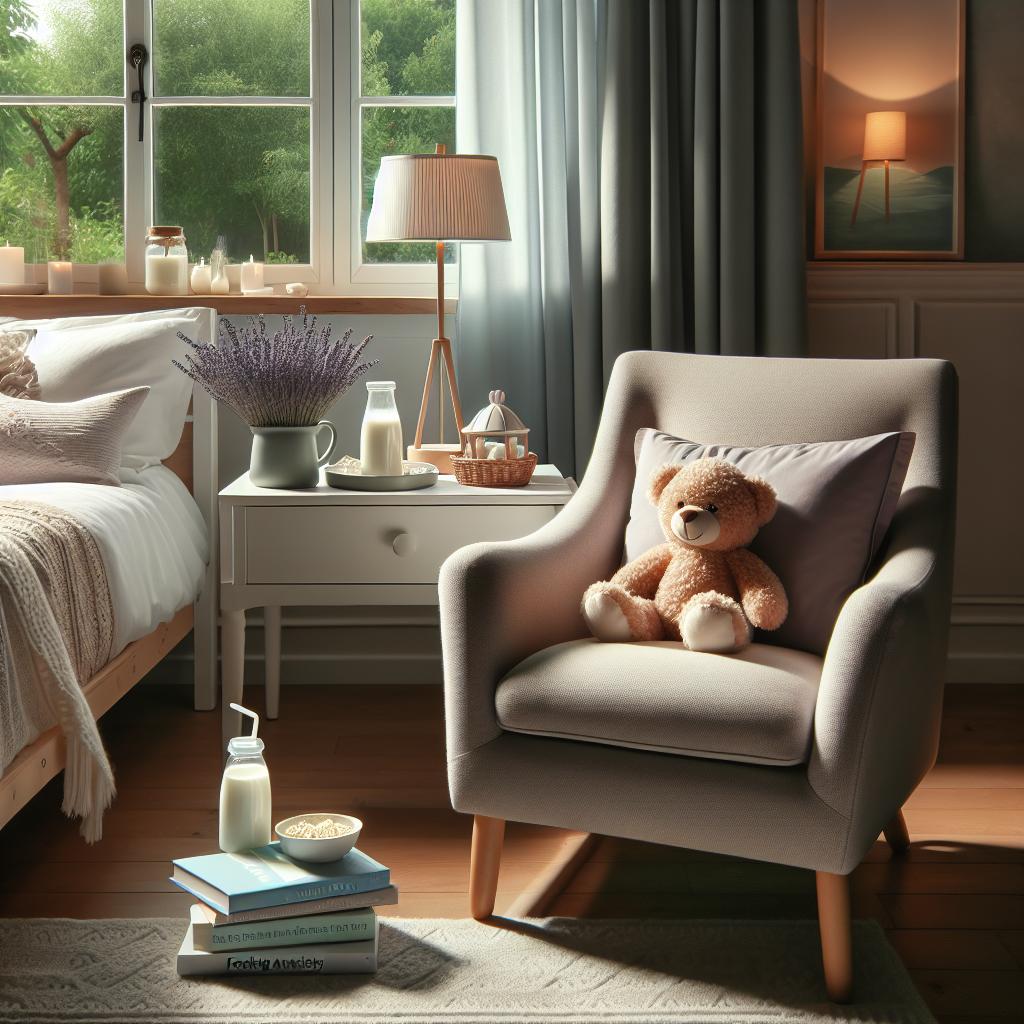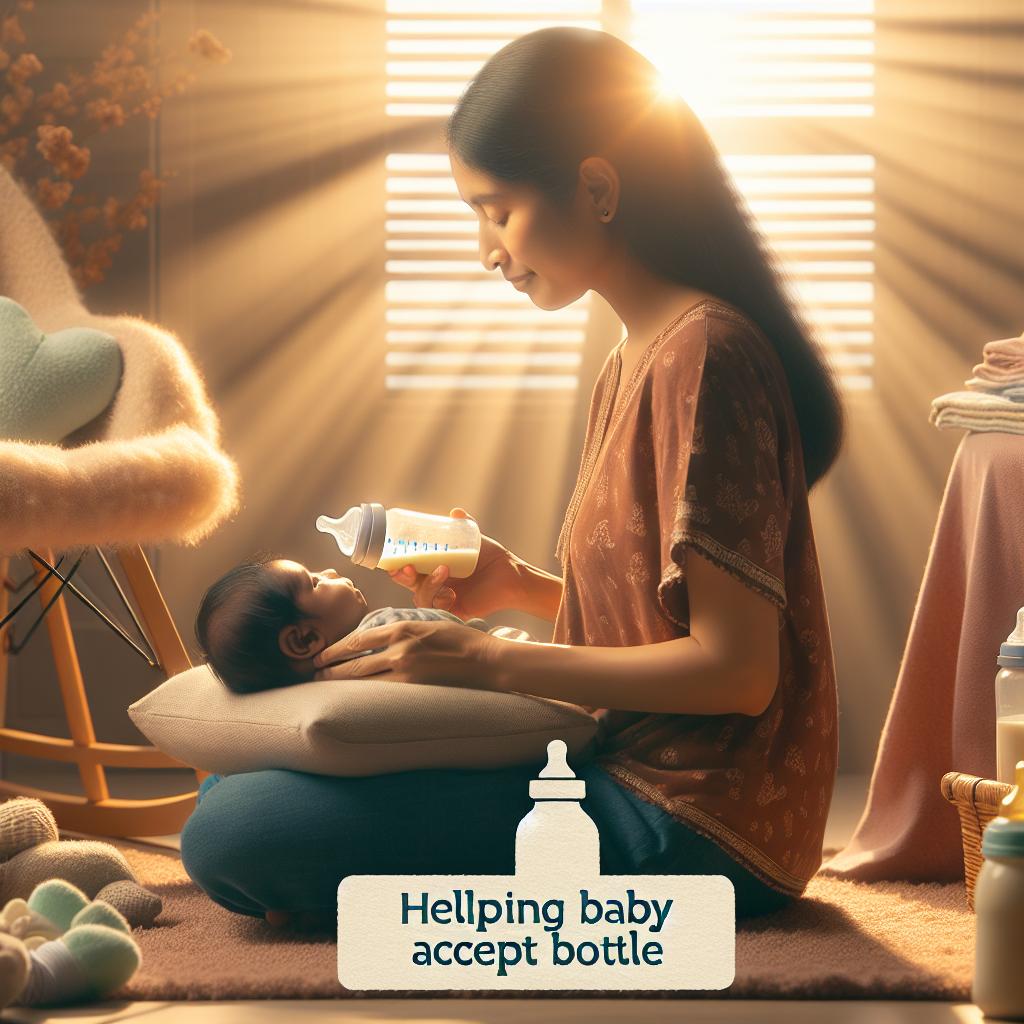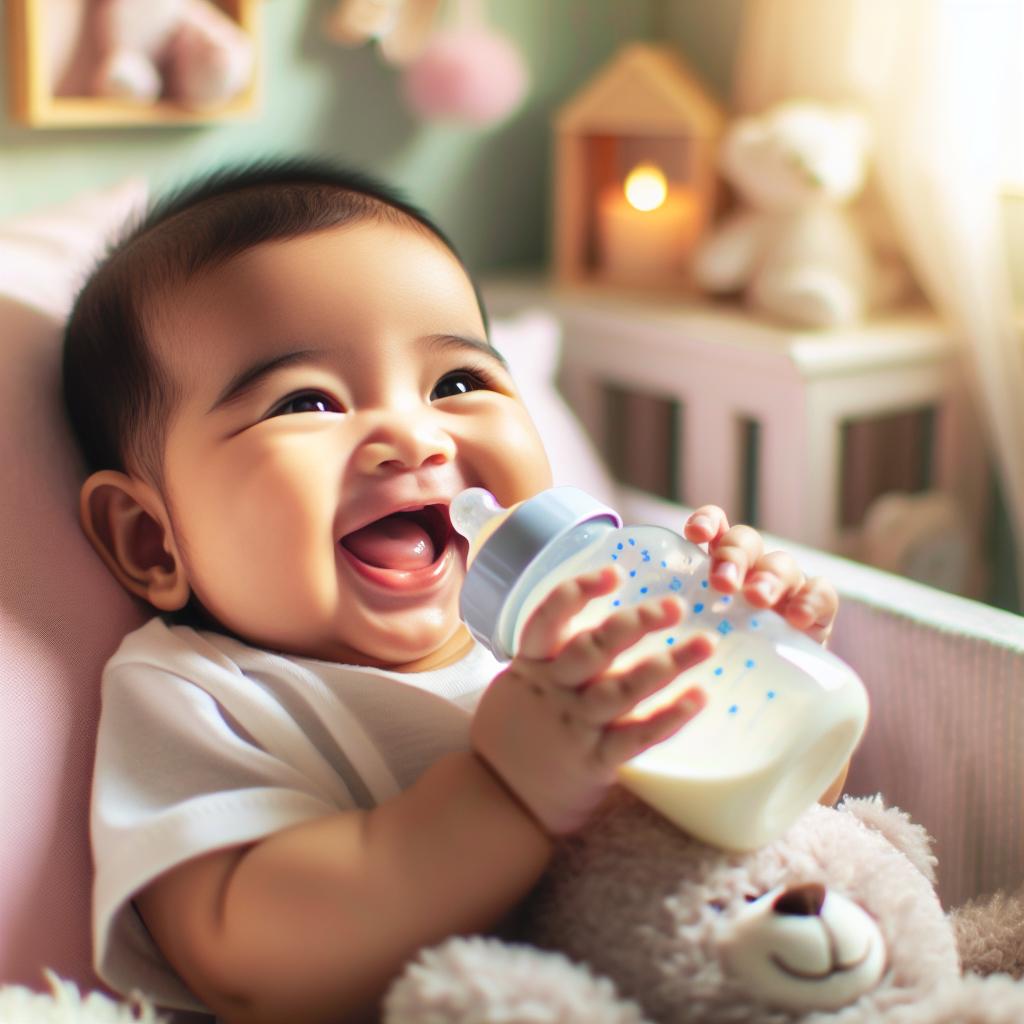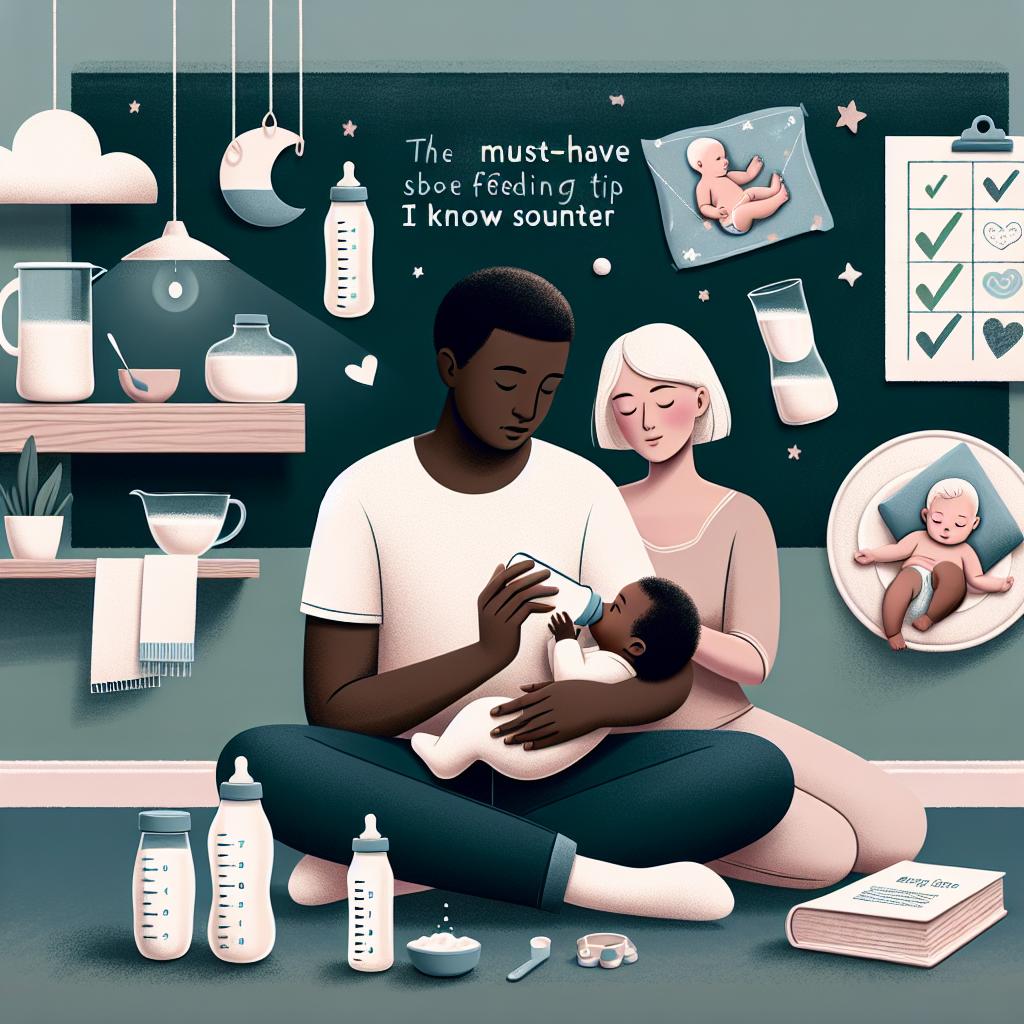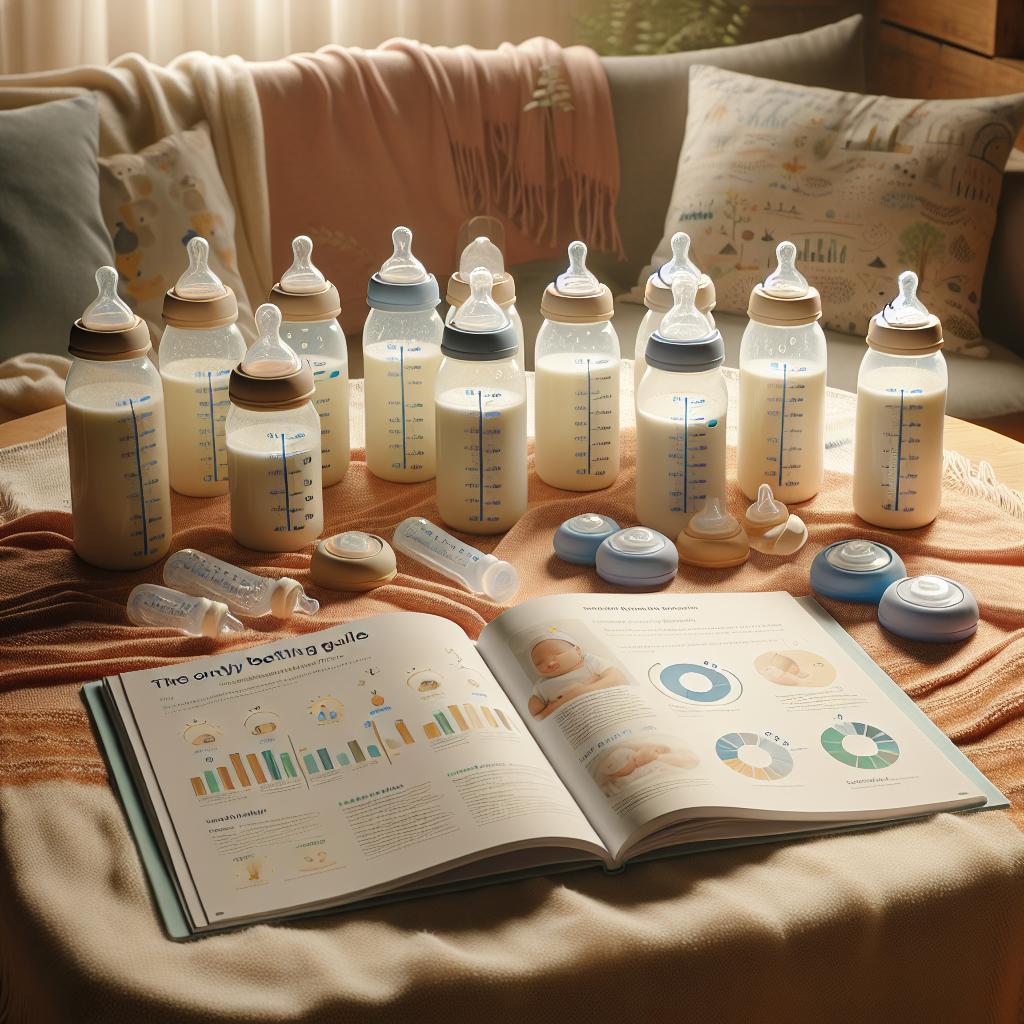Understanding the Basics of Baby Bottles
In the first few months after birth, your newborn’s primary form of nutrition will come from breastfeeding or bottle feeding. As such, selecting your first baby bottle is a crucial step in preparing for your baby’s arrival. The market is flooded with a plethora of bottle options which can be overwhelming, especially for first-time parents.
Factors to Consider When Buying Your First Baby Bottle
When it comes to choosing your first baby bottle, several factors come into play. It is not just about the bottle’s design or color but more about its functionality, materials, and your baby’s comfort.
- Type of Bottle: There are several types of bottles available including standard bottles, angled bottles, vented bottles, and disposable liner bottles. Each of these has its own advantages and it’s essential to choose one that suits your baby’s needs.
- Material: Modern baby bottles are commonly made from either plastic, glass, stainless steel, or silicone. Each material has its pros and cons, and your choice will often be guided by your lifestyle and personal preferences.
- Bottle Size and Shape: The size and shape of the bottle should align with your baby’s feeding needs. Newborns usually need smaller bottles while older babies will require bottles with a larger capacity.
- Nipple Design: You should also pay attention to the bottle’s nipple design. Some are orthodontically shaped to mimic a mother’s breast, making the switch between breast and bottle easier for your baby. Pediatric dentists recommend certain types of nipples to promote oral health.
Ensure Easy Cleaning and Sterilization
Babies are born with a relatively undeveloped immune system. Therefore, it is critical that their feeding equipment is thoroughly cleaned and sterilized. When selecting your first baby bottle, consider its ease of cleaning. Bottles with wide necks or detachable parts are generally easier to clean.
Additionally, consider the sterilization method you will use. Some bottles are dishwasher-safe, while others require specific sterilizing equipment. You can learn more about this from the Mount Sinai Health Library or similar trusted resources.
Trial and Error
Lastly, understand that finding the perfect bottle for your baby might involve a bit of trial and error. Babies have their preferences and they might reject certain bottles before you find one they like. Therefore, it is recommended to buy a bottle in small quantities before committing to a particular type or brand.
Considerations for Breastfeeding Mothers
If you are planning to alternate between breastfeeding and bottle feeding, you have to choose your first baby bottle cautiously. Look for bottles designed to mimic the feel of a mother’s breast to avoid nipple confusion. The National Childbirth Trust provides further guidance on this subject.
Choosing the first baby bottle is a significant step in your baby feeding journey. By considering the factors above, you should be able to navigate this important choice confidently. It’s an exciting time, and the right bottle can ensure that feeding times are a pleasure for both you and your child. Happy feeding!
Choosing Baby Bottles Based on Material
The decision to choose between glass, plastic, silicone, or stainless steel baby bottles might seem trivial but it can greatly impact your baby-feeding experience.
Plastic Bottles are lightweight, shatterproof, and commonly available. However, ensure that they are BPA-free. Some research links Bisphenol A, a hormone disruptor, to neurobehavioral issues in children. The FDA has prevented BPA use in baby bottles, but other chemicals are still under investigation.
Glass Bottles are heavier and prone to shattering, but they contain no harmful chemicals. Some models come with silicone sleeves for safer handling and to prevent breakage.
Silicone Bottles are supple, squishy, and often mimic a mother’s breast more closely. They are an excellent choice for nursing babies.
Stainless Steel Bottles are durable, light, and free from harmful chemicals, but they are often more expensive. Plus, the inability to see through the bottle makes tracking intake volumes challenging. However, their heat retention properties make them ideal for holding warm milk.
Experience-Based Buying
Speak to other parents for their bottle recommendations. Their practical insights will be valuable, but remember that what works for one baby may not necessarily work for yours, so be open to switching things up a bit.
Further Guidance
WebMD is an excellent resource for new parents seeking advice about baby bottles, offering in-depth guides and expert opinions to guide you.
Similarly, Baby Sparks provides expert tips on choosing and caring for baby bottles.
Research is essential, as different babies have different needs. The Institut National de Santé Publique du Québec has an excellent guide for parents on selecting baby bottles and nipples that fulfill their babies’ specific requirements.
The Center for Disease Control and Prevention (CDC) provides guidelines on feeding infants and toddlers, including safe handling and storage of baby bottles, and ensuring babies get all the nutrients they need.
Wrapping Up
Choosing your first baby bottle may seem daunting, but by considering the factors above and making sure to research thoroughly, the process can turn into an enjoyable part of preparing for your new arrival. Remember, at the end of the day, the best bottle will be the one that your child accepts happily and one that makes feeding time a joy for both of you.

